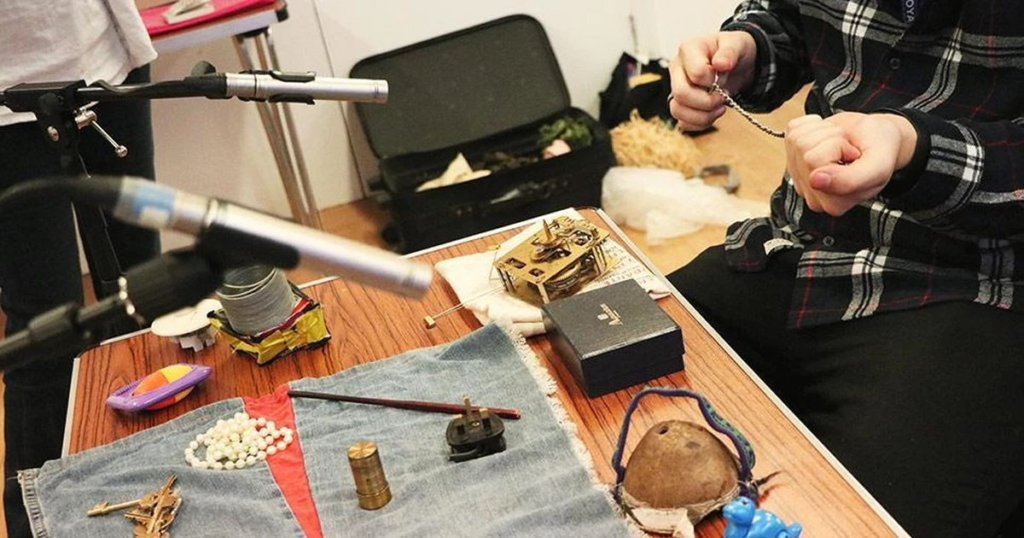Foley sound is an essential element in film and television production. It’s the art of creating sound effects that are synchronized with the action on the screen. Foley sound is created by a foley artist who uses various props and materials to create sound effects that match the visuals.

The foley artist uses a variety of props and materials to create sound effects. For example, they might use a pair of shoes to create the sound of footsteps, or they might use a coconut shell to create the sound of a horse galloping. The foley artist must be creative and resourceful to create the right sound effect for each scene.
Foley sound is recorded separately from the dialogue and other sound effects. This allows the sound editor to mix the different sound elements together to create a cohesive soundtrack. Foley sound is also used to enhance the realism of the scene. For example, the sound of a door opening or closing can help to create a sense of space and depth.
In conclusion, foley sound is an essential element in film and television production. It’s the art of creating sound effects that are synchronized with the action on the screen. Foley sound is created by a foley artist who uses various props and materials to create sound effects that match the visuals. Foley sound is an important tool that helps to enhance the realism of the scene and create a cohesive soundtrack.
